|
I absolutely love to read. A book is a window into another time and place, another person's mind, another way of seeing and thinking. Books teach me what it can mean to be human, but also what it might be like to be a robot or a microbe. Looking back, for me this was a year about truth, or rather the idea of truth: What I think is right, what I want to think is right, where that view comes from and why it may be flawed. Books that made it onto the list include ones about bullshit, the history of truth, the human obsession with our own meaning, and how our identity changes depending on the situation. Here are nine books I read this year that changed the way I think. On Bullshit by Harry G. Frankfurt Let's start with this little philosophical essay. The title is funny, and it seems like this book is going to be a gag, some clever insights about what it is to talk 'bullshit.' But this essay is something else entirely: A serious philosophical inquiry into the nature of bullshit. What is it? How does it differ from lying or ignorance or nonsense? Frankfurt concludes that a bullshiter simply has no regard for the truth. He does not care if he is right, wrong, true or false. He is only interested in getting a desired reaction at that moment. Bullshit "is grounded neither in a belief that it is true nor, as a lie must be, in a belief that it is not true. It is just this lack of connection to a concern with truth — this indifference to how things really are" that is the essence of bullshit. This revelation is shocking: a liar has regard for the truth. He just decides to state something that he knows is untrue, called a lie. But a bullshitter doesn't relate his statements to the truth at all. Classical Indian Philosophy by Peter Adamson & Jonardon Ganeri I am always on the lookout for clear explanations of history and philosophy, two topics which are infinitely complex and can easily devolve into self-referential terminology and nonsense. So I was pleasantly surprised to find this volume about Classical Indian Philosophy which is a well-balanced combination of deep and accessible. It begins with the Veda and Upanishads, effortlessly explaining the salient overarching points of these vast and layered eras. It glides through the big philosophical movements in Indian thought, including theism, non-violence, yoga and Buddhism. My favorite part of the book was the middle section, which digs into the philosophical developments of the middle-era Buddhists and Jains. These groups were highly philosophical, and I haven't seen such a lucid overview in any other volume. For example, there is a short chapter explaining Nagarjuna's "Tetralemma", a four-pronged logical negation that is usually off-putting in its detail. The explanation here is illuminating, including this passage about the dual possibilities of the phrase, "Don't slaughter a goat." It "might mean that you should slaughter a non-goat. Here the noun ('goat') is negated: you should indeed slaughter something, perhaps a cow or chicken, just not a goat. Or the verb ('slaughter') might be negated: the instruction would tell you to refrain from any sacrificial act at all." This book's short chapters and vast overarching scope make it a good reference to dive into according to your interest. Demon Copperhead by Barbara Kingsolver This novel needs no promotion since it has won prestigious awards and been a bestseller. I finally picked it up, and the first sentence assured me that I was in the hands of a master. The story is of a boy in Appalachia, his exploits and struggles. The basis of the story owes a lot to David Copperfield, but the first person voice of the narrative is gripping from the first word to the last. The Horrors and Absurdities of Religion by Arthur Schopenhauer This year I have often come across the work of Schopenhauer, a European philosopher who was greatly influenced by the Upanishads and Buddhism, and in turn affected modern yogis like Yogananda. So when I stumbled across this little book in a bookstore I had to read it. The title is certainly provocative, but he won me over pretty quickly on the first page with this statement: “What I respect is truth, therefore I can’t respect what opposes truth. Just as the jurist’s motto is…Let Justice be done though the world perish, so my motto is…Let truth prosper though the world perish.” What follows is a strong critique of religion which bears all the hallmarks of 19th century enlightenment thought and orientalism. Some of his arguments require a grain of salt, but what philosopher doesn’t? Schopenhauer does put his finger on one element with remarkable clarity: man’s need for greater meaning, what he calls the ‘metaphysical need.’ “Man is an animal metaphysicum, that is, his metaphysical need is more urgent than any other; he thus conceives life above all according to its metaphysical meaning and wants to see everything in light of that.” All in all, a challenging and thought provoking read. The Physiology of Yoga by Andrew McGonigle and Matthew Huy Most of the time I am torn between the opinion that there are more than enough books about yoga anatomy — perhaps too many — and the opposite view that we could really use some new ones with clear sources and explanations. This book, which is new this year, is a brilliant addition to the field. What makes this book special is its combination of citing scientific evidence and awareness of traditions and rumors in the yoga world. My favorite parts of this volume are the "Myth or Fact" inserts that address common beliefs among yoga teachers and students: that Headstand brings more blood to the brain; that Shoulderstand stimulates the thyroid gland; that twists detoxify the organs. The authors discuss any studies that have been done on the topic and what conclusions we can draw. Often there are no studies, so we are left to rely upon our other knowledge of anatomical and physiological function. McGonigle and Huy excel here, where they illuminate the amount of speculation as well as point us to more probable scientific explanations. Truth by Felipe Fernandez-Armesto A book about the history of truth?! This must have been written just for me! There are few things I love more than history and explorations of complex ideas. But this book is not exactly what I expected. I imagined a sort of explanation of how truth came to be so important and how it developed its signature qualities. But this is much, much more, digging into different conceptions of truth through time and culture. Fernandez-Armesto breaks the types of truth into four groups. Who would have thought there may be four kinds of truth?! Throughout the volume, I came to realize that the conception of truth itself is not terribly specific; that it depends on what we think it is. I suppose that shouldn't be surprising — I went into the book with one simple idea and came out with a far more complex view. The Sarva Darsana Samgraha by Madhava Acharya This volume is more specific to my interest in the history of yoga and philosophy. The best-known system of Indian philosophical systems has 6 members, the six orthodox darshanas. But there are many other ways of thinking, and even well-developed and influential systems that are not included on this list. This book, the Sarva-Darsana-Samgraha or Compendium of All the Systems, lists and explains 16 different spiritual-philosophical viewpoints. It contains all the familiar orthodox systems, like Samkhya and Yoga. But it also includes Buddhism, Jainism and strict materialism, among many others. Each chapter digs into some granular details of perception, knowledge and being. This is a book for those rare individuals who are interested in the somewhat arcane study of Indian philosophical history, as well as those who can tolerate minute philosophical debate and old uses of language. A difficult book to read and comprehend, but an eye-opener one for me this year. Selfless by Brian Lowery I stumbled across this book while wandering through a bookstore. Its title is compelling and in direct conversation with Vedantic and yogic concepts of an eternal, unchanging Self. The thesis here is that we have no single self, that our identity is constructed according to our surroundings: "Your self is constructed and reconstructed in a swirl of ever-evolving relationships." These relationships include family, work, politics, nation, and an infinite number of variations. There is a reason that I act differently around a three year old than a 50 year old; I act differently around my significant other than my boss. Selfless argues that we are actually a different person in each situation, because part of what defines us is who we are around, and what we are trying to accomplish. This book also explores the ideas of history, tradition and community. Often we adopt certain "selves" to create connection and continuity to the past or groups of people we admire. For me, it shone a lot of light on why we defend our identities and communities when they are destabilized. This book was one of my favorites of the year. Straw Dogs by John Gray
This was my favorite book of the year, and one of the best books I've ever read. It combines mind-blowing ideas with a sharp reading of history, religion and science, and it is incredibly readable. The pages fly by. On nearly every page I was gobsmacked by some revelation, some shocking idea that was as bold as it was clear. There is the idea that 'truth' is not something that serves humanity's evolution; there is no evolutionary advantage to knowing the truth. (This is of course interesting to compare to the book Truth above, and clearly something that was on my mind this year.) Gray writes, "Modern humanism is the faith that through science humankind can know the truth — and so be free. But if Darwin's theory of natural selection is true this is impossible. The human mind serves evolutionary success, not truth. To think otherwise is to resurrect the pre-Darwinian error that humans are different from other animals." Here you see the way that Gray's book dismantles ideas of scientific humanism, even arguing that the science and logic we revere only serves to undermine our vision of ourselves as a special, chosen species. The volume is full of challenging ideas like this, unafraid of poking holes in even the most sacred of concepts. I admire its clear-eyed audacity, like the boy who shouts that "the emperor has no clothes!"
0 Comments
We have not been back to Kolkata for more than two years. Not since before COVID. I was worried that the place would feel strange or distant, or that I would struggle in an attempt to recreate a feeling that I had in the past.
But it is not that way. Of course, this part of the world moves at a different tempo than where I am from. Its rhythms, sounds, food, smells and words are different. Even the light is different. But it is comfortable and friendly, and the people are generous once you get past the big-city anonymity and prickle. Above all, it has been profound to reconnect with friends whom I have not seen in years, separated by thousands of miles and closed borders. And new friends whom I am meeting face-to-face for the first time after countless hours staring at their likeness on a computer screen. Our Bengali is passable. It has been exciting, exhausting and humbling to stumble through interactions with the vocabulary and grammar of a child. I am in awe of all these people who function in three different languages everyday. The city is layered with proclamations in Bengali, Hindi and English. Finally, to paraphrase what I would say in Bengali: In leaving, sadness comes. Gosh I love to read! Every book is an opportunity to see the world from a new perspective, to learn something from an expert, or to peer through a window to a different time and place. Here is a short list of books I read this year that had a profound impact on me. They are not new books. In fact, some of them are quite old. But they are all valid, and they meant a lot to me this year. WHEN PROPHECY FAILS by Festinger, Riecken and Schachter This work of social psychology from the 1950s dives into the mentality, actions and beliefs of a UFO cult. But it is so much more than that: an exploration of how our minds react when we may be wrong about something we really believe in. The authors build the case that, even when we are confronted with evidence that we are wrong, we essentially double-down in our beliefs. It is a chilling conclusion — that humans are sometimes immune to changing our minds. As the authors write, "when people are committed to a belief and a course of action, clear disconfirming evidence may simply result in deepened conviction". After reading this book, it is hard not to see this phenomenon all around us in the world today. ETHICS IN THE REAL WORLD by Peter Singer Ethics and morality have become especially important to me this year. Perhaps it is due to the ongoing pandemic and the acute awareness of how my actions can impact others. I stumbled upon this book, which contains 82 short essays about various ethical conundrums — from geopolitics to religious freedom, eating meat to climate change — and thought it would be a good overarching introduction. It is. Singer writes with remarkable clarity about ethical issues of all sorts. And the brevity of the essays means that nothing is belabored. SELFLESS PERSONS by Steven Collins This scholarly dive into the Buddhist concept of non-self is deep, complex and absolutely stunning. The idea that there is no eternal Self can be confounding and frustrating, especially when compared to other systems that insist upon its existence. The importance of non-self is summarized best in Collins's introduction: "this belief in a permanent and a divine soul is the most dangerous and pernicious of all errors, the most deceitful of illusions, that it will inevitably mislead its victim into the deepest pit of sorrow and suffering". SEVEN TYPES OF ATHEISM by John Gray I'm a sucker for an analysis of human spirituality in all its subtlety, diversity and contradiction. Gray's book does not disappoint. He begins by defining an atheist: "anyone with no use for the idea of a divine mind that has fashioned the world...It is simply the absence of the idea of a creator-god". This leaves a lot of room for variation in beliefs about the nature of the universe, creation and human spirituality. Gray systematically explains seven distinct forms of atheism that have been embraced throughout history. A book of remarkable clarity and exposition that illuminates the ways we see ourselves and the world. THE YOGASUTRA OF PATANJALI: A NEW INTRODUCTION TO THE BUDDHIST ROOTS OF THE YOGA SYSTEM by Pradeep P. Gokhale I don't know how many different translations and explanations of the Yoga Sutras I have read. Dozens. Many are confused or confusing, and scholars are increasingly aware of the compiled nature of the text, and how it shows influence from a handful of other systems of thought. Buddhism is among these influences, but deep dives into the Buddhist roots of the Yoga Sutras require a rare combination of expertise. With this new research, Gokhale has provided a huge step forward in our understanding of the philosophical and linguistic roots of the Yoga Sutras. He analyzes works of Abhidharma Buddhism and shows how they explain many aspects of the Yoga Sutras better than traditionally accepted narratives. This is a scholarly work, full of difficult history and terminology, but worth it for anyone with a serious interest in yoga history or the Yoga Sutras in particular. WHY WE SLEEP by Matthew Walker This book was recommended to us by several people over the past few years until it became impossible to ignore. And it was worth it! We even wrote a blog about it. The book begins with the obvious-in-hindsight revelation that sleep is vital. It is not a passive state of nothingness that can be shortened or neglected. Rather, it is a very active state for many systems of the body, especially the brain. Walker explains the structure of sleep and its impact on things like our memory, physical health and even physical coordination. This is a book with practical, everyday implications that can make anyone's life better. THE CHAKRAS by C.W. Leadbeater Earlier this year, as we were doing research for a workshop series on the Yogic Body, we read a handful of books about the chakras from the early 20th century, including this one. Leadbeater was a prominent Theosophist, a highly influential group that shaped modern conceptions of yoga and spirituality. This book from 1927 is remarkable as a vivid capsule of the time. Leadbeater claimed that he could see the chakras, and he painted them beautifully. I find these paintings to be among the most remarkable elements of 20th century yogic history because, aside from being lovely, they show the break-neck speed of change in conceptions of the yogic body. Here, in the 1920s, there were seven chakras associated with parts of anatomy. But they were not yet rainbow in color nor linked with psychological traits as they came to be in the 1970s. HOW JESUS BECAME GOD by Bart D. Ehrman Along with our study of yoga history and the history of religion in general, both Ida and I have been increasingly reading about the history of Christianity. It is fascinating for the same reason as all history — our ideas change rapidly along with the cultural needs of the time. This book by Ehrman explores the early centuries after the death of Jesus, and how the story of Jesus changed, turning him from a preacher or even a prophet into the only son of God himself who rose from the dead. It is full of scriptural quotations and explanations alongside historical analysis. And it is quite readable, which is not something one can often say about a work of scholarship like this. BREATH by James Nestor
I never thought someone could write a compelling story about breathing, something we all do thousands of times each day. But Nestor has crafted a surprisingly interesting narrative around his own research into breathing anatomy, physiology and history. Where it falls short of a scholarly history or a medical anatomy text, it more than makes up with its humor and readability. This is a book that anyone can and should read to have more understanding and appreciation of the most fundamental function of life — breathing. Do I exercise to be healthy or to look a certain way? If being healthy meant looking unattractive, which would I choose? Or consider the question the other way around: if looking attractive meant being unhealthy, which would I choose?
Let's start with something simple: health. It is a big reason why I personally do physical exercises and make nutritional choices. Based on scientific as well as cultural knowledge, I believe that moving my body around — getting my heart rate up, maintaining the strength and mobility of my joints — will cause my life to be freer from pain, and perhaps even cause me to live longer and stay physically capable longer. This leads us to two further inquiries: why do I want to be free of pain, and why do I want to live longer? The pain aspect is pretty straightforward, as every living being can feel pain and strives to avoid it. The question of longer life is more interesting, especially to a yogi. Do we want to live longer because of the important work we are doing? Or because we want to travel as much as possible? Or because we are afraid of not being alive anymore? These questions are worth considering in your own life. Let's move on to a further implication of exercise and health: it generally causes the body to burn fat, build muscle, and be what is culturally accepted as attractive. Indeed, some conceptions of beauty consider that it is connected to health — that we are subconsciously attracted to healthy people because they will make more robust mates. It is probably a bit more complicated than that, as different eras and cultures find different qualities physically attractive. At the moment in the West, thin and athletic bodies are all the rage. In my own physical practice, my purposes are health and function. Regardless of how my body ends up looking, I try to do the practices that will make me healthy. If it is healthy for me to have big shoulders and a big butt, I am fine with that. If the opposite is true — small shoulders and a small butt — I am fine with that too. I try not to focus on the aesthetic outcome of the practices, but rather the functional outcome. Usually we write about yoga topics like anatomy, philosophy, history and such. Today we have a different purpose, because these are extraordinary times. This morning we got the first dose of the Moderna COVID vaccine. In Northern Minnesota, about an hour from where we live, is a large vaccination site. It is in a curling arena, right next door to the National Hockey Hall of Fame. In the past few days, word began spreading that they were not filling the available appointments for vaccine shots. One day it was 30 slots that went unfilled, and yesterday it was 400, which is about half of the capacity of the site. So, in order to vaccinate as many people as possible, they encouraged anyone to make an appointment and come, regardless of age (as long as you're over 18, of course).
Scientific experts say that this pandemic will only end when the world reaches herd immunity. Vaccination plays a pivotal role in that goal. Leaders have also encouraged us to talk about getting vaccinated and post pictures, since some still fear or distrust vaccines or consider them pointless. Throughout this pandemic, we have made an effort to listen to respected scientific leaders and follow their advice. We are relatively young and healthy, but it is clear that our actions affect others who are more vulnerable, including our own parents, grandparents and families. In order to do our part, we (like so many others) drastically changed our lives over the past year. We thought that we would have to wait until the summer to get the vaccine, due to our age and health histories. We were fortunate to have this opportunity to get vaccinated, and we took it! We hope that you and your loved ones (and everybody else too) gets vaccinated as soon as you can.
Over the last few months I’ve been compiling materials to research the forgotten women of yoga. Through work in Kolkata, I came to know of a few names of women, some quite famous, who today are completely forgotten. The questions started piling up— why do so many women do yoga when it was thrust into the modern age largely (at least publicly) by men.
Through gathering texts and doing interviews, the layers of complexity grew. One unanticipated layer is the talk of beauty when it comes to women and yoga. This isn't found in posture manuals for men, and isn’t about “radiance” or something that could be referenced in Haṭha texts. This is talk of things like “perfect breasts” and “thin waists”. This made me think of my own journey in the yoga studio so far. The "no food is good food" was certainly a part of the community. I remember being complimented the most in class when I was incredibly sick with pneumonia and hadn't been able to keep any food but applesauce down. Around that same time I was also injured. My hamstring was tearing but I was locking out my standing bow. (Worth it? No.) Since then I stopped wanting to be injured and took up weight training. When my new trainer gave me 15 pushups as a warm up I balked! I couldn’t do one, yet I was one of the strongest at my yoga studio. I have since gained 15lbs. And with it, the strength to run many miles, move hundreds of pounds, do pull-ups, (more than 15) pushups and most importantly, have the strength to stay injury free. Since talking about injuries in yoga studios around the world, we've gotten a variety of responses. Some burst into tears and ask, “So it shouldn’t hurt? I’ve spent a decade thinking it was supposed to.” Some just shake their heads, acknowledge how obvious it is that a "healing" practice shouldn’t injure the body. Others though, respond with the predictable, yet disappointing response of, “Well I’m not injured. You weren’t doing it right.” Denial is powerful. All of this combined has me thinking. Are we trying to be healthy or beautiful? Who is deciding this? Do we actually know what we’re doing? We are here in London, immersed in the study of Traditions of Yoga and Meditation. It is intense so far, with nearly every waking hour spent in reading, study or practice of some sort. A great relief from the constant reading is our study of the Bengali language. We chose this because it is the language spoken in Kolkata, where Ghosh's College is located. Every time we are in India, we pick up a little bit---we know how to say "how are you?", "go straight", "egg" and "french toast"!---but of course we wish we knew more. So we have embarked into proper study of the language, both reading and speaking. The Bengali language, Bangla বাংলা, has its own alphabet. Which means that the first step is figuring out the sounds of each letter as well as the shape. Needless to say, the letters are quite different from the alphabet used in English, so we have to regress to the level of schoolchildren, drawing shapes over and over again on notepaper until we get it right. This is surprisingly calming and refreshing, especially after studying complex academic arguments in our other courses. In Bangla we get to be artists. To an English speaker, there are some elements of Bangla that are quite confusing. For example, each consonant contains a vowel within it! So the letter 'n' is not just a consonant, but also contains a sound after, making it 'na'. This is true of all the letters, so the alphabet is made up of 'ka' 'ga' 'na' 'ma' 'ba', etc. If that seems confounding, welcome to the club! Luckily for us, we studied a bit of Sanskrit a couple years ago, and Sanskrit follows the same basic rules. So this wasn't new to us, which was a relief.
Once we get around the inherent differences in the logic of the language, it is really just a matter of getting used to the words, sounds and structures. I try to imagine myself as a 3 year old, listening to the sounds and repeating them until they work. I guess the difference here is that 3 year olds don't have an exam at the end of the term. Bangla is one of the most widely spoken languages on the planet, but it is often overshadowed by its fellow Indic language, Hindi. Hindi is more commonly used, but not by much. So we hope that improving our knowledge of Bangla will help us in our research---since the Indian libraries are full of books in Indic languages---as well as with our relationships and communication while we're in Kolkata. Just for fun...some Sanskrit letters are similar to Bangla, some are different. Here are a few. On the left is Sanskrit, the right is Bangla. a आ আ ma म ম na न ন ba ब ব la ल ল ka क ক ga ग গ ha ह হ pa प প pha फ ফ tha थ থ As the year turns over, we quickly shift from looking backward---"what happened this year?"---to looking forward. I have mixed feelings about New Year's resolutions because they encourage us to be dissatisfied. It would be better to focus on contentment.
The more I practice, teach and study I am shocked by the way my mind changes. I see things so differently now than I did when I started learning about yoga years ago. I suppose it shouldn't be surprising. How could we possibly have clear vision or intention when we are beginning on a new path? Each bit of practical experience and insight necessarily changes our perspective. Lately, I have been studying the Bhagavad-gita, and it is so clear which passages are speaking to my present situation: Actions should not be undertaken for the benefit of myself or my ego. When I say this out loud, it seems obvious and silly. But which of our actions are not designed to benefit ourselves? When I say things so people understand my intelligence, I am serving my ego. When I eat the food I "like," I am serving my sensory desire. Even when I study and learn, am I doing it just to develop my sense of accomplishment and my ability to excel in the world? It is increasingly important to me to recognize and subvert these thoughts and actions. Instead, my actions should be directed toward the service of others. The difficult part for me to understand is do I do this for the benefit of myself or other people? Even that dilemma is addressed in the Gita. One who performs apparently selfless actions for his own benefit is ignorant, while one who takes no credit and accepts no personal benefit is wise. This is my goal: to serve with no agenda. To recognize the emergence of my ego and discard it, so my actions build the good of the world at large instead of just myself. This blog was originally written in January 2019. Anyone who has attended one of our classes knows we place great importance on knowing why we are doing what we're doing, whether it is stretching, strengthening, breathing, meditating or eating french fries. This also applies to being a teacher. Why do we/you teach yoga? What do we set out to accomplish, what do we actually accomplish, and is there any discrepancy between those two that can be improved?
We encourage you to respond or comment with your thoughts. As I search my own motivations for teaching, I settle on a relatively simple answer: peace and happiness. These are the things I hope to bring to any students. My goal is at least to point them in the right direction. It will come as no surprise that human existence is interwoven with suffering. Some suffering comes in the shape of desire: wanting things that we do not have and feeling that lack acutely. Some comes in the shape of fear: seeing the possibility for suffering and dreading it. Some comes as depression or stress, and some comes as outright physical pain in the body. More than anything else I've experienced, the teachings and practices of yoga have reduced my suffering. Many physical pains have diminished, but mostly my mental state has improved, bringing contentment where there was dissatisfaction and peace where there was stress. I have become happier. These are the reasons I study and practice yoga; it has made my life better. All around I interact with people who suffer because they are swept up in the chaos of the senses and mind. I talk with people who have goals and desires that bring them pain instead of happiness. And I see people who have injuries or physical pain in their bodies. Through it all, I see how the teachings of yoga could really help to ease the suffering of so many people. The overwhelming activity and power of the mind is common in all humans. It is full of desire and fear, stress and imbalance. Learning about the mind and recognizing its tendencies is one of the fundamental principles of yoga. Over time we can see the activities of the mind as what they are instead of mistaking them for the deepest nature of ourselves. All this is why I teach yoga. I see suffering that has a remedy. I would remiss if I did nothing. So I am compelled to teach. It is Practice Week this week, and we are in Pennsylvania. The days are intense and draining: 5 hours of practice and another 3 hours of discussion. It is an all-out extravaganza for the body and mind. Needless to say, the end of the day finds us exhausted, and it only compounds over the course of the week.
But I have always been a morning person, and no matter how tired I am, I usually wake up early. I say this with no sense of pride; I would often choose to sleep later if I could. But once my internal clock decides it’s time to wake up, there is no way of returning to rest. So I get up. My favorite thing to do in the morning, aside from doing breathing practices, is organize information. It is so quiet and peaceful, and my mind is full of new connections that were generated while I slept. I love to write down little bits of information that I’ve learned and questions I have. I read and research to find answers to my questions. Sometimes I gain a new sense of understanding. This morning, I sat in the yoga room here in Pennsylvania before anyone else was up. I gathered pictures and bits of info and placed them into a slide presentation. I rearranged their order until a coherent story appeared. I looked up, saw myself in the mirror and realized that this is a pattern with me: rise early and organize information. |
AUTHORSScott & Ida are Yoga Acharyas (Masters of Yoga). They are scholars as well as practitioners of yogic postures, breath control and meditation. They are the head teachers of Ghosh Yoga.
POPULAR- The 113 Postures of Ghosh Yoga
- Make the Hamstrings Strong, Not Long - Understanding Chair Posture - Lock the Knee History - It Doesn't Matter If Your Head Is On Your Knee - Bow Pose (Dhanurasana) - 5 Reasons To Backbend - Origins of Standing Bow - The Traditional Yoga In Bikram's Class - What About the Women?! - Through Bishnu's Eyes - Why Teaching Is Not a Personal Practice Categories
All
Archives
May 2024
|

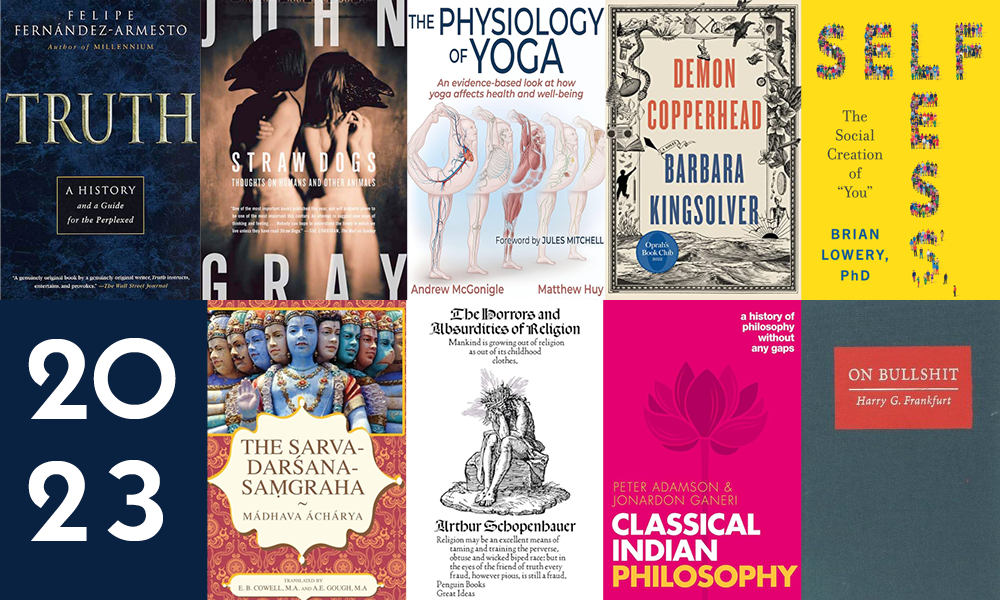
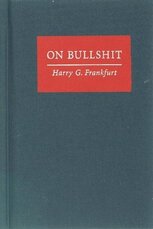
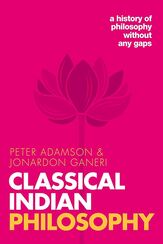
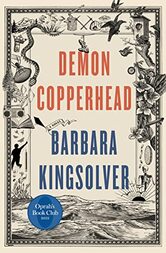
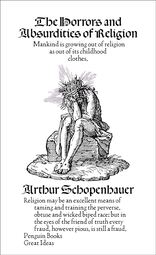
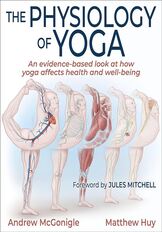
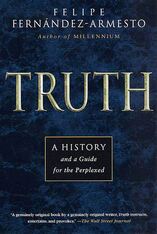
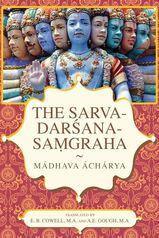
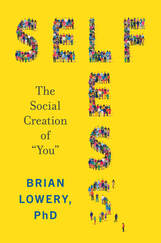


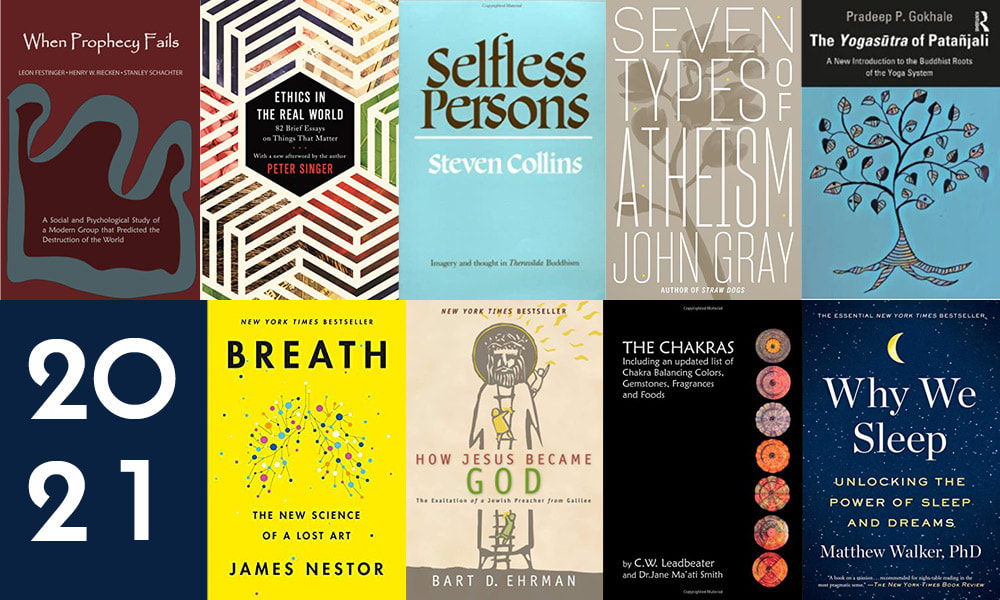
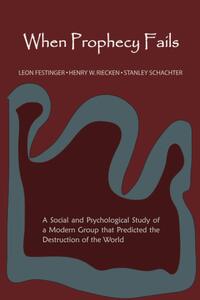
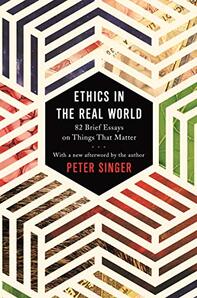
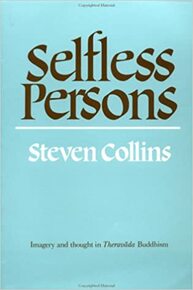
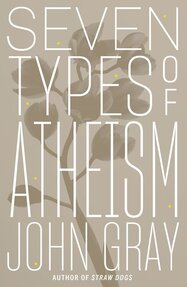
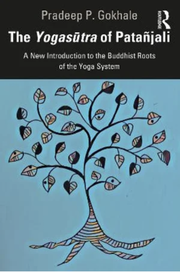
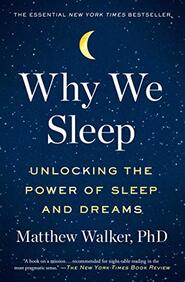

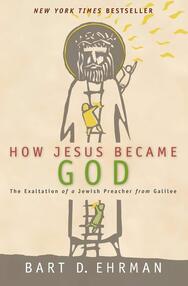
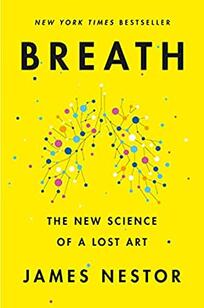
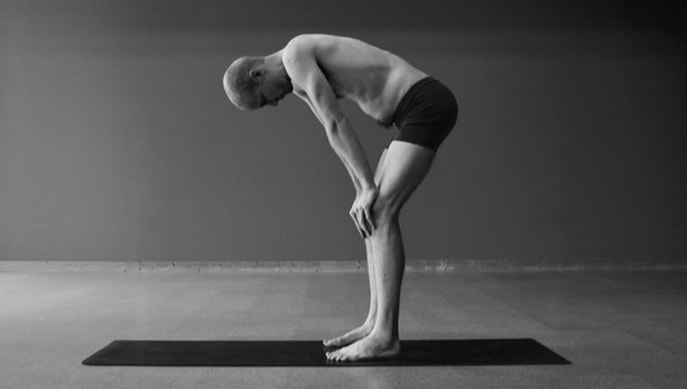
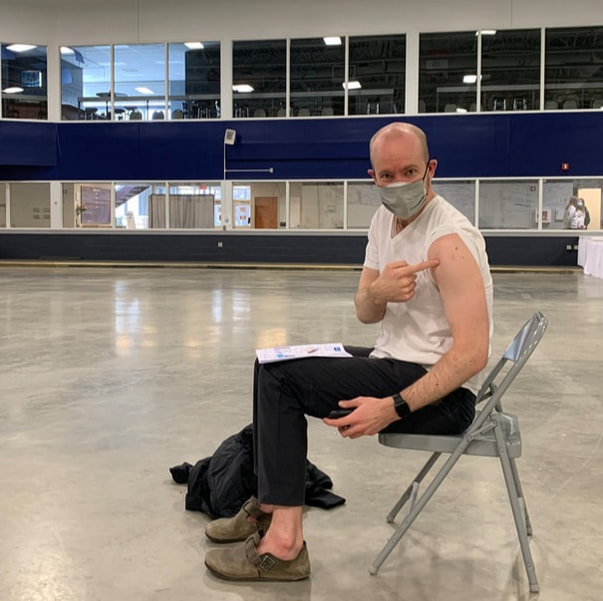
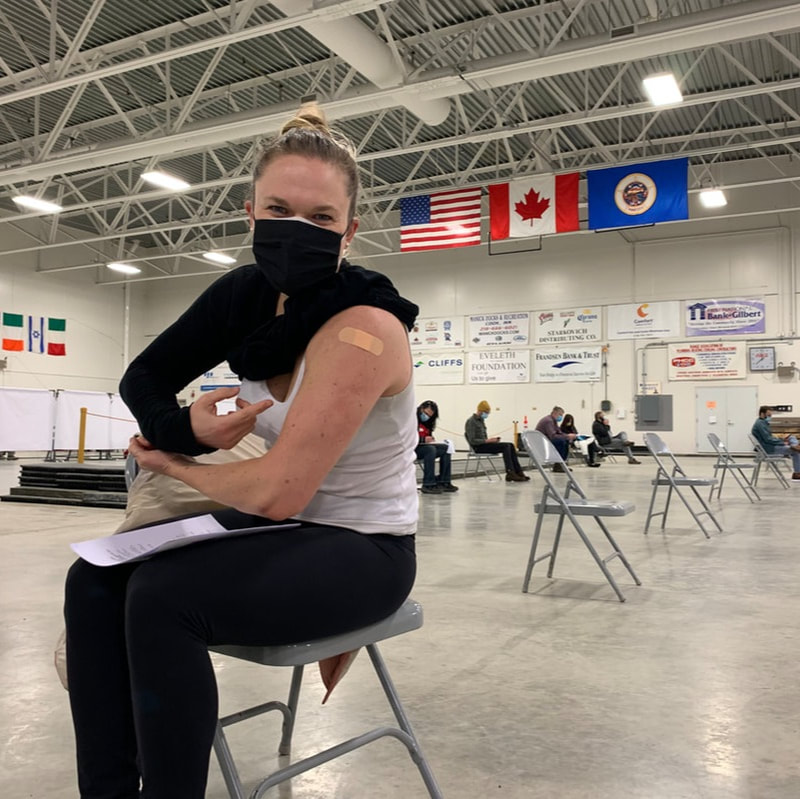


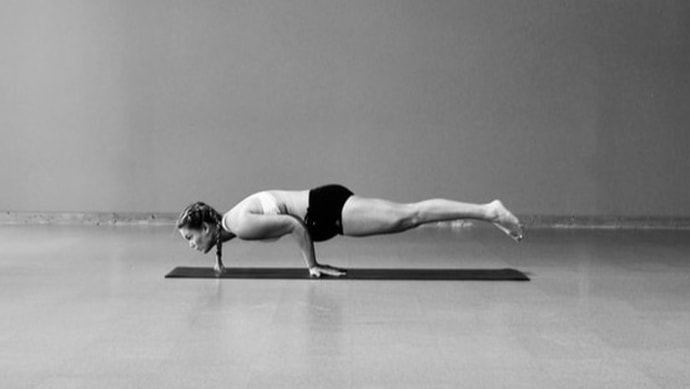
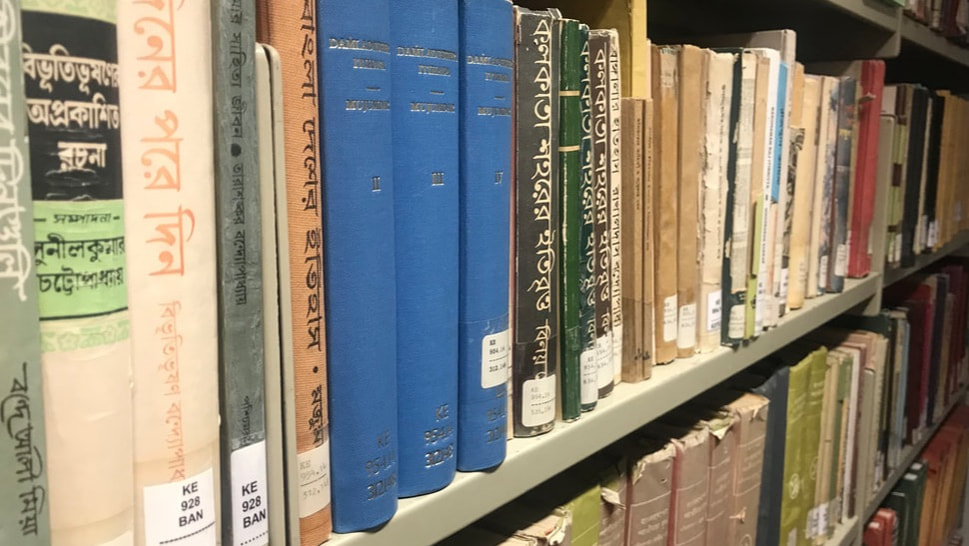
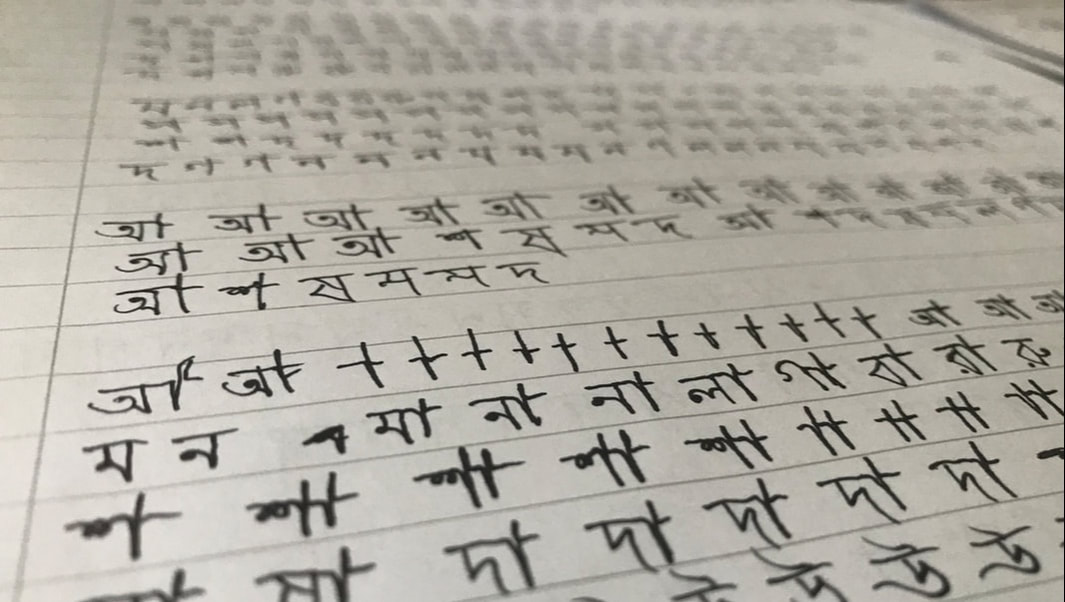
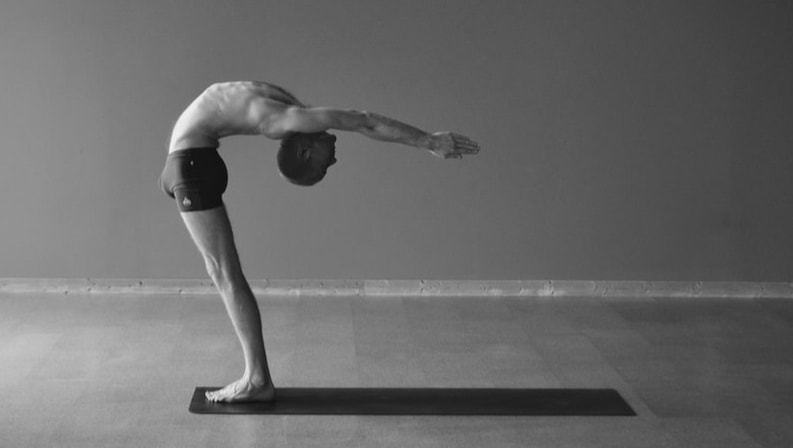
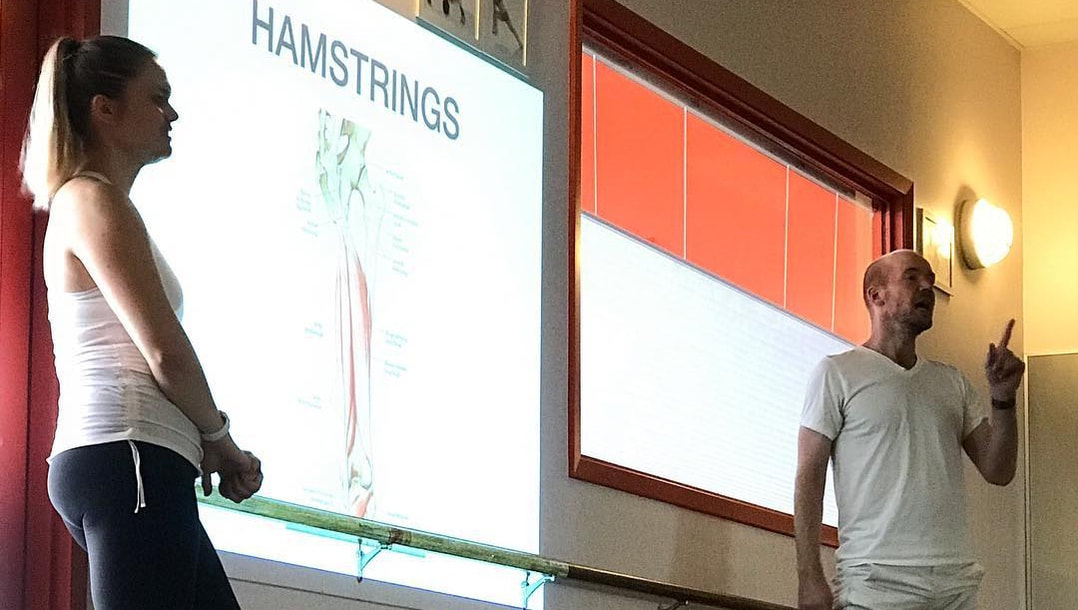
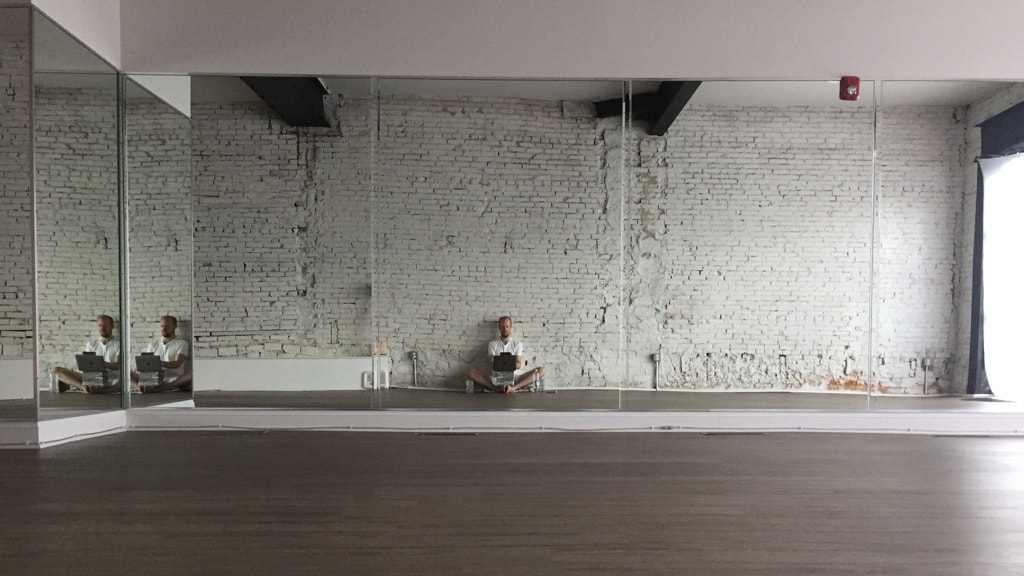
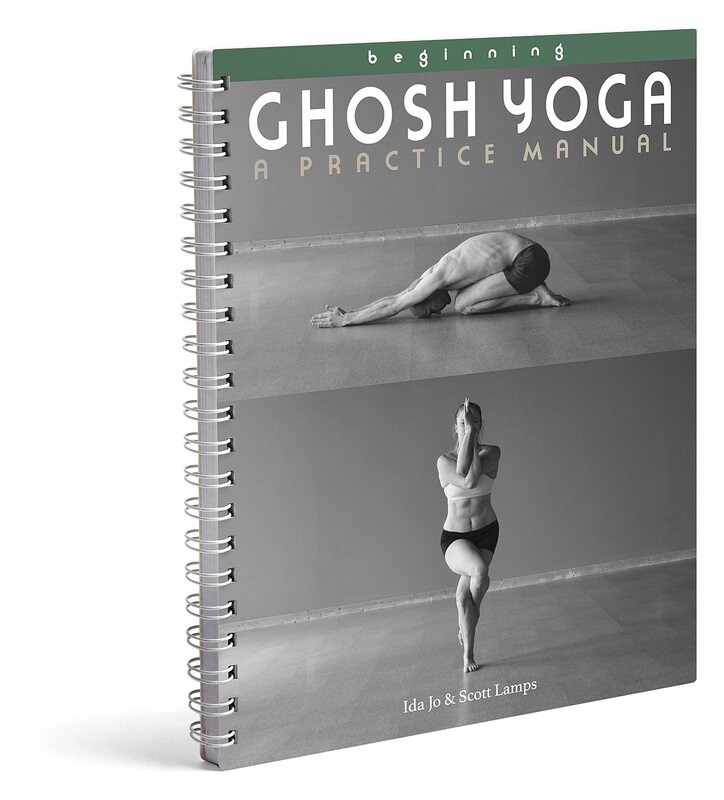
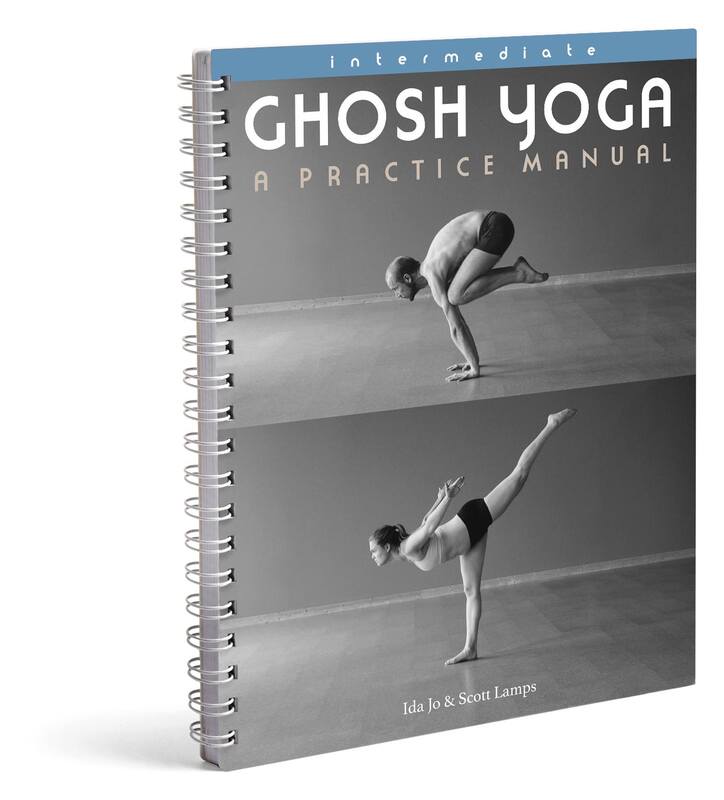
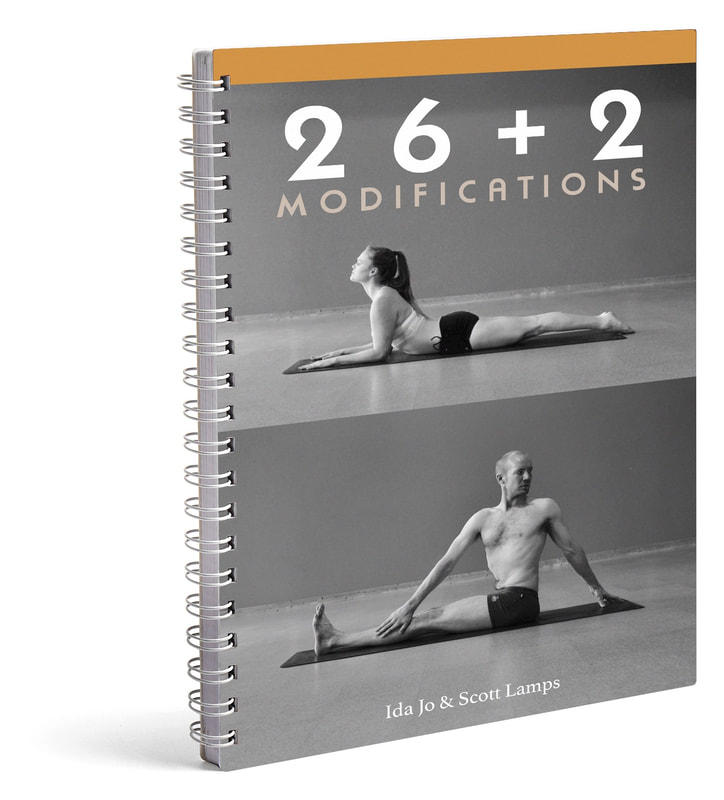
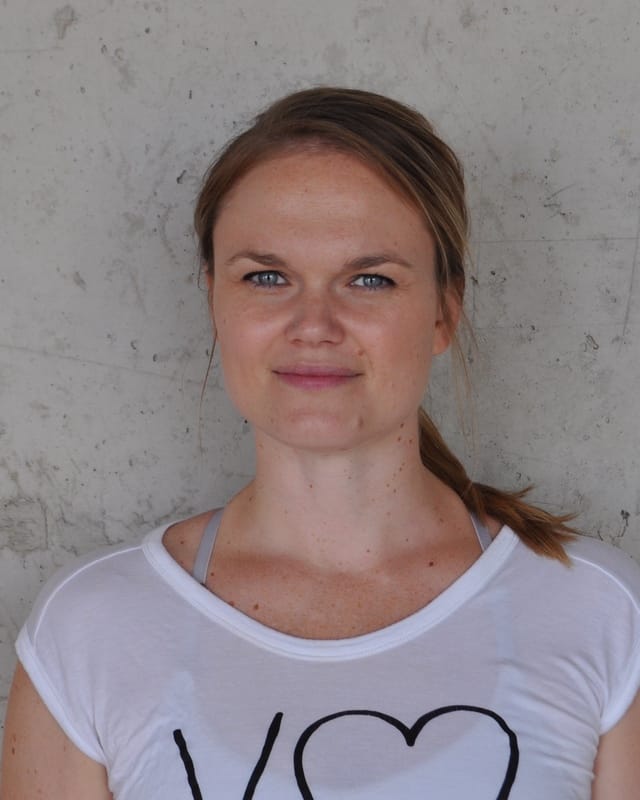
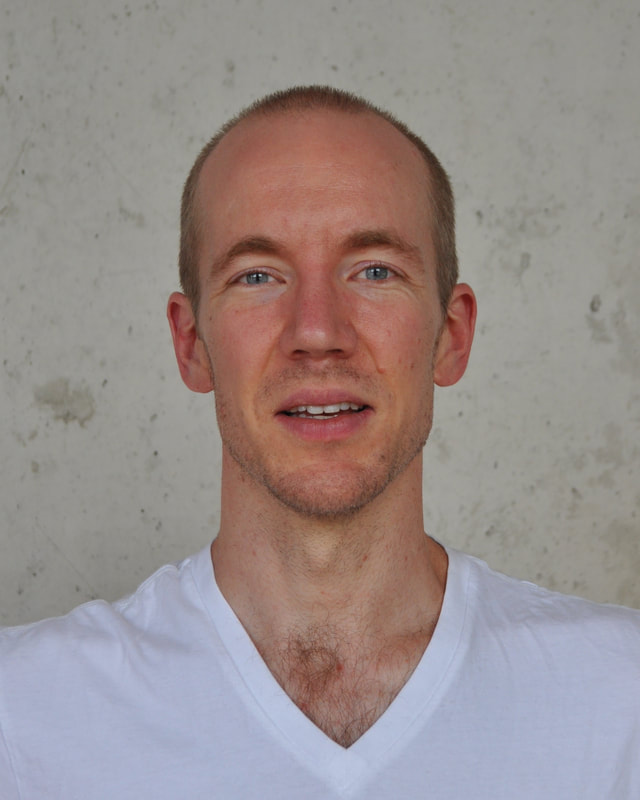
 RSS Feed
RSS Feed